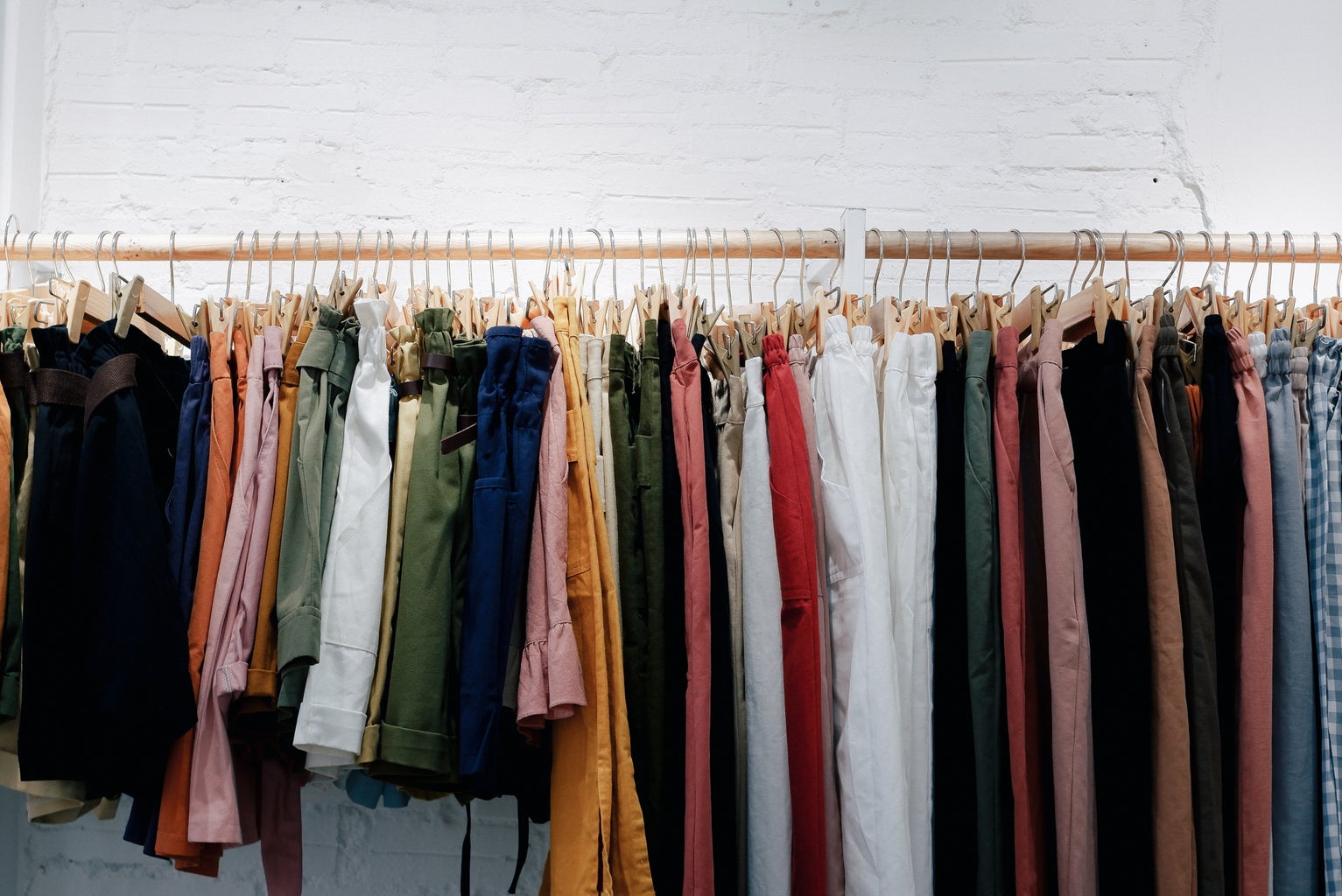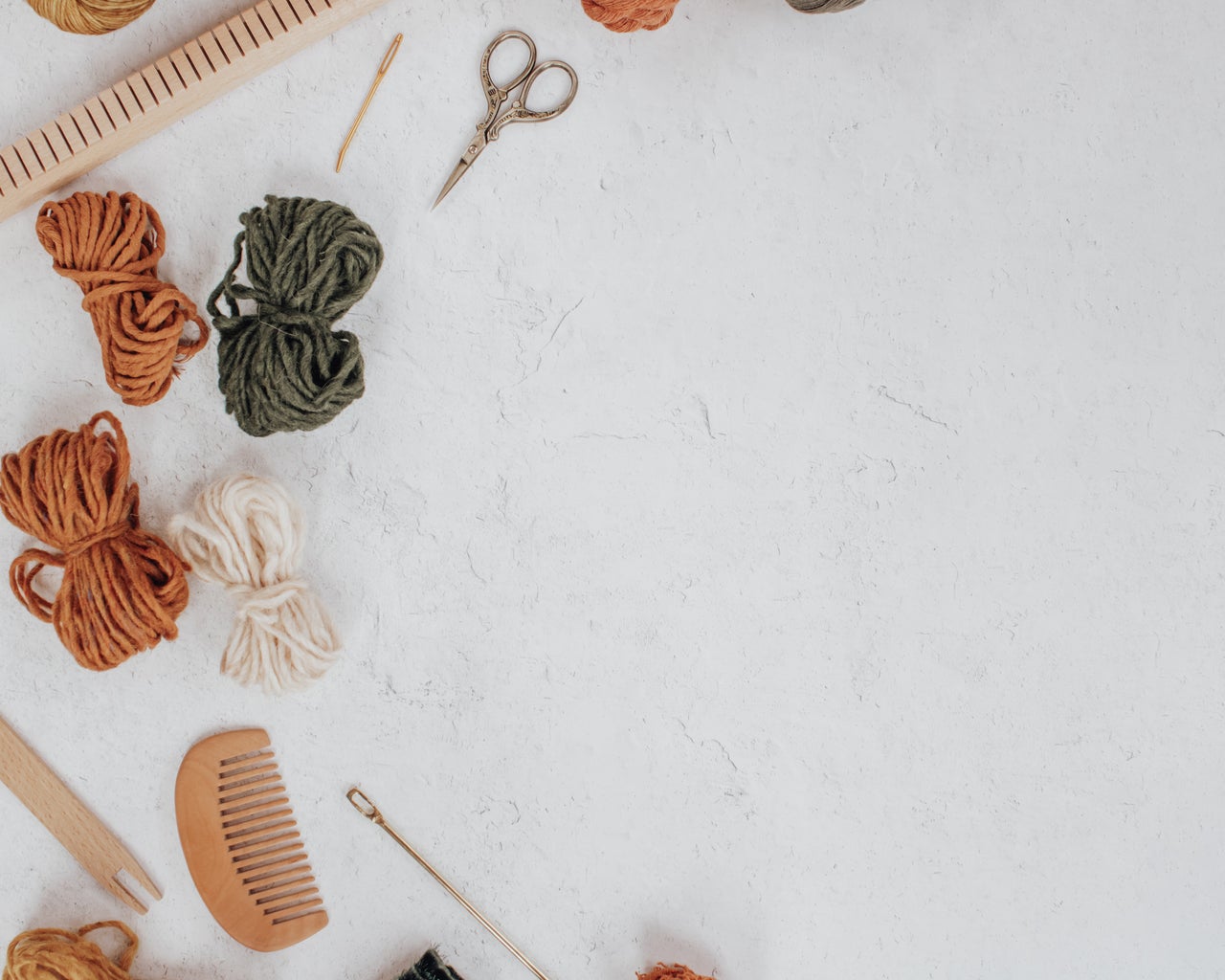When looking for ways to be sustainable and more environmentally friendly, most conversations turn to one’s wardrobe. According to Circular Economy Month, an estimated 10.5 million tonnes of clothes and textiles in North America are thrown away every year. Due to fast fashion, clothes have become heavily accessible and affordable, and because of this, people have become less inclined to repair and make do with their existing clothes.
As Circular Economy Month statistics state, Canadians, on average, purchase 70 new articles of clothing each year, and the average person only wears 50% of their clothes. These are important statistics to remember when you also take into account that each item of clothing can take several hundred to thousands of gallons of water to make. Recently, clothes have been viewed as disposable, when in fact they are anything but. Clothes take an immense amount of energy to manufacture, causing negative environmental consequences, along with being one of the leading causes of human rights issues in the garment industries of developing nations.
The current linear process of clothes needs to take a turn to become a recycling economy where pieces are recycled until they are put into landfills. Ultimately, the end goal of creating a fully sustainable path for clothes is to have a circular economy in fashion where nothing is making it to landfills, and instead everything is constantly being recycled, repainted, reused, and so on.
The best way to help create a circular economy for clothes is to take on responsibility for your wardrobe and make sure you are prolonging each piece of clothes life. Of course, one cannot make clothes last forever, but there are many ways to extend the life of your clothing.
1. Be Mindful of your business
I think it’s impossible to tell a person to stop shopping for clothes altogether. Instead, as a shopper, it’s important to take into account what clothes you are purchasing. Of course, there are pieces that you need to buy new, and that is a-ok, but when doing so, take into consideration the quality of the piece, based on your budget of course. It’s also important to be mindful of minimizing impulsive purchases. Preventing this can be done by giving yourself a time frame on how much you have to think about a piece before purchasing it — this can stop a lot of unnecessary buying.
If you want to go for more of a second-hand route when purchasing new clothes, a great option is to go to a consignment store! They’re more expensive than your typical thrift store, but you can find high-quality brands and sizes more easily. It’s a great option if you’re someone who can’t commit much time to finding specific pieces of clothing in thrift stores.
2. love your clothes
No matter where you go to pick out new pieces, it’s important to be picking out pieces that you love, because when you love your clothes, you want to take better care of them. For me, I’ve made sure I only buy clothes I love by first thinking beforehand what pieces I’m looking for, and then sticking to only buying those items. Another thing I do is try on everything I pick up before purchasing it. This prevents a lot of clothes from coming home with me that I don’t actually like the look of. Another important thing for me is having clothes that fit my body. So this means putting back clothes that I will feel pressured to fit myself into, or tailoring my clothes either professionally or personally. Taking the time to make sure the piece makes me feel comfortable and my best helps ensure it will be something that I want to wear and give life to.
Loving your clothes, however, might mean rehoming them to get worn more than you would. I feel that the term ‘rehoming’ means that you know where your clothes are ending up, and not just tossing them into a donation bin somewhere. Of course, it’s impossible to rehome perfectly, however, there are many ways to try and do your best. Setting up clothes swaps with friends, selling your clothes to consignment stores, or donating your clothes to donation sites that are directly giving clothes to those who need them and will use them, help make sure your clothes continue to be given use instead of adding to the current landfill of textile pollution.
3. Learn to mend your clothes
Learning how to mend your clothes is a trick that I am new to, and am still learning to do, but it is such a great way to prolong your clothes’ life. Learning to sew is such a helpful trick to know for yourself, and even to help friends if they need a hole in their shirt sewn up. Knowing how to sew not only helps with holes, but can also help you adjust clothes and alter them to help make them fit better.
Mending includes maintaining your clothes, which can consist of: sewing holes, snipping or using a fabric shaver to get pills off of clothes, removing stains effectively and immediately, reinforcing buttons before they fall off, or even giving a piece a dye bath to revive it. Doing these small things will make you love your clothes more and continue their life so you can keep wearing them!
4. pay attention to how you wash your clothes
How you wash your clothes can also affect their longevity. Firstly, always read the tag, it will tell you the best way to keep your clothes in the best condition. However, you can alter this recommendation as you see fit. Secondly, don’t dry everything! Drying your clothes causes tiny micro-tears, which wear down your clothes. So air dry your clothes whenever you can. Or, to prevent your clothes from being in the dryer for long periods of time, do smaller loads in the dryer or air dry bulky items in loads. Third, get a delicate mesh bag. Anything that absolutely can not go in the dry goes in this bag so you don’t forget to take it out when putting your clothes in the dryer. Anything can go in this bag, including sweaters and bras.
There are many other tips and tricks to prolong your clothes by how you wash them, such as making sure your clothes are not scrunched up before going in the washing machine, washing your clothes in cold water to prevent fading and shrinkage, and minimizing how much you wash each item by letting them air out or spraying them with a homemade detergent spray before putting them in your closet or draw.
5. change how you store your clothes
How you store your clothes might be affecting their longevity. A few tips for doing this is, first, to do Kondo Konmair’s method of storing and folding clothes in vertical rows, rather than stacking them. This method not only makes clothes easier to see, it actually can prevent wrinkles which decreases the need to iron and put heat on the clothes. Secondly, folding sweaters instead of hanging them can prevent misshaping them and stretching them. Get a good hanger, such as wooden or velvet, to help clothes keep their shape. Lastly, it’s important to not over-stuff your dresser, so that clothes don’t remain balled for long, causing the fabric to diminish. Storing your clothes in a dark and dry condition can make sure they are being maintained when not worn.
Making your clothes last not only saves you money, but can be greatly beneficial to the environment! Filling your closet with clothes you care about and clothes you want to take care of can ensure that you don’t take part in the already extensive problems involving textile waste and harsh working conditions for garment makers.





